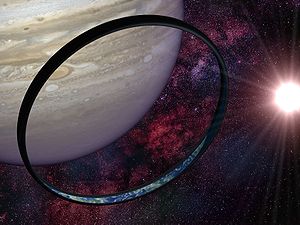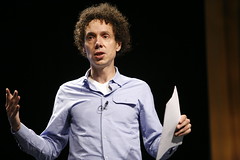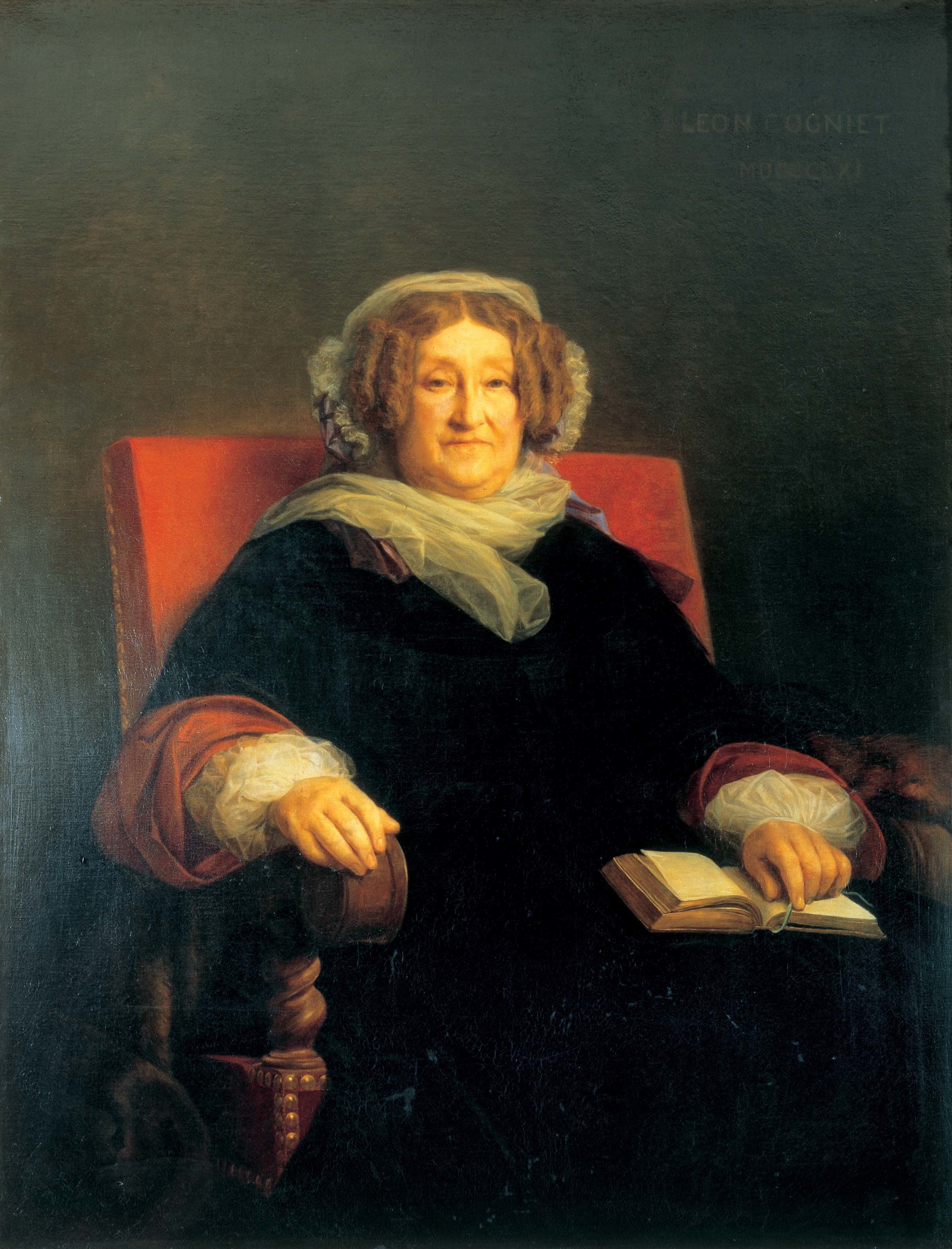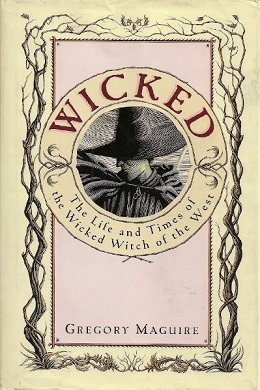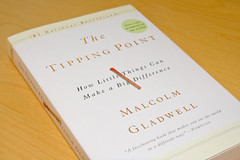 Cover of Seven Types of Ambiguity
Cover of Seven Types of Ambiguity
This 600+ page story is made up of seven
sections which have at their core an impulsive act by which one of the main
characters, Simon, attempts to win back the attention of his ex-girlfriend
Anna, who has long since left him, moved on to someone else, married and had a
child.
Ten years after their relationship, Simon — an unemployed and
directionless ex-teacher — can’t move on. And when he does make a move,
his action has consequences for Anna, for her husband, for Simon’s
psychiatrist, for Simon’s hooker-with-a-heart-of-gold girlfriend, and of
course for Simon himself.
Each of the
seven sections is narrated by a different character and gives us a slightly
different angle on the central story, and all these angles explore the
ambiguities of human relationships.
I found the book too long and sometimes pretentious and occasionally preachy.
But I still found a lot of it compelling and the long read was worth it in the
end.
Recommended









